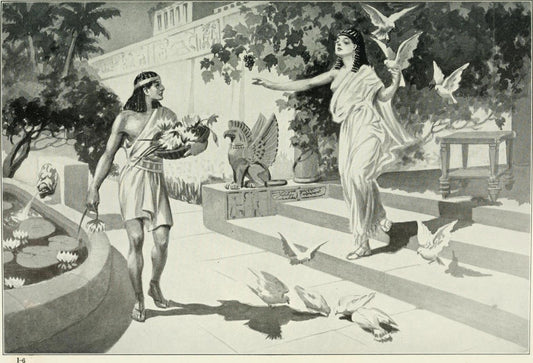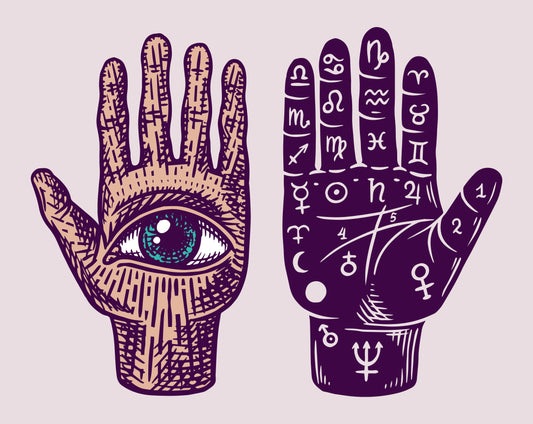As the holiday season approaches, it's important to understand the root of traditions you may be celebrating without intention. In understanding the origin of traditions, we may better understand the lives of our ancestors, neighbors, and history itself.
At the end of this week, many people will celebrate Thanksgiving by indulging in a traditional meal and giving thanks for the many blessings in their lives. A symbol of this holiday is the cornucopia: a horn-shaped, hollow basket often filled with fruits, bread, and flowers. The Cornucopia has been around for many, many years, and has grown to represent harvest, abundance, and fall.
Where did the cornucopia come from?
Greek mythology!

They say long ago, Zeus was wrestling with the goat, Amalthea, who nursed him as a child. As he grew stronger, his strength came to overtake her and one of her horns broke off. The horn became the cornucopia, representing the strength of Zeus and the nourishment of Amalthea.
Another myth claims that Herakles was wresting with the river god Achelous and broke off his horn. He then kept it, filled it with fruit and gave it to his wife as a wedding gift.

Ever since, the cornucopia has represented strength, abundance, harvest. It was most often associated with Fortuna, the goddess of fortunes both good and bad.
Historical progression of the symbolism
At this point in time, it's been around for a long time starting in Ancient Greek and Rome. Paganism made claim to the symbol before long as well and it became a staple in fall harvest celebrations to represent the fortune of the harvest.

As Christianity gained popularity, they too adopted the symbol. You can find cornucopias present in lots of Christian and Pagan art, ranging from statues to paintings.

Many religions, countries, and cultures have a celebration of the harvest rooted in tradition and occurring each fall. When the United States memorialized the first Thanksgiving dinner between the Pilgrims and the Native Americans to celebrate the abundance of crops and a successful harvest, we followed suit. There was likely not an actual cornucopia at that first Thanksgiving dinner, but it has since become part of the tradition and often serves as a centerpiece to this day.
What is the purpose now?
The cornucopia is still very popular around this time of year. Some see it as a decoration, but for others, the symbol of abundance goes deeper than looking pretty. Cornucopias are believed by some to be a reminder to recognize the things you are thankful for and promote a mindset of abundance.

People believe when you focus in on your blessings, you are inviting a continuous flow of abundance. Whether you celebrate Thanksgiving or not, being present in gratitude may provide value to your thoughts and actions, and fall is a good time to practice this because we have completed a cycle. A year has gone by, and you may have faced hardships, challenges, and 365 days of hard work and effort. However, you made it through. You have likely received blessings, good fortune, and growth as well.
You may not tend to crops and collect a harvest in a literal sense, but fall and the cornucopia can represent a metaphorical harvest of all your good fortune for the year. This may be a good time to be thankful for food from the earth, shelter, love from friends and family, flow of money to provide for yourself, and anything else you may be grateful for.




